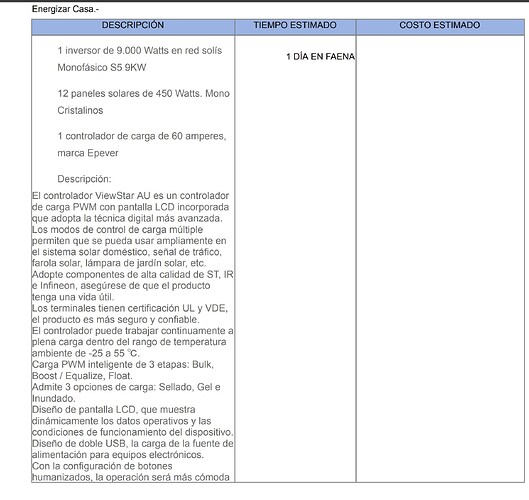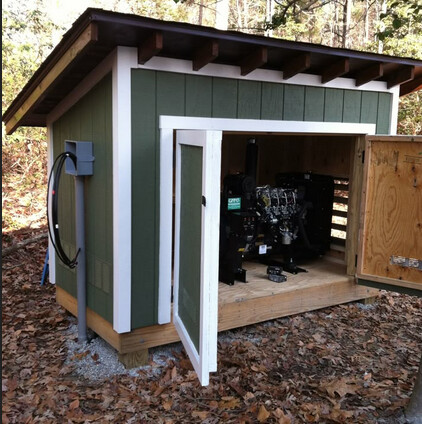
Perhaps nit-picking here, but these “charging options” only indicate use of the device for lead-acid batteries, and evidently not lithium, and different lithium chemistries may call for more than one charging regimen. This approach suggests a failure in the area of future-proofing and versatility since on the surface it would preclude later use of lithium battery storage banks.
Sellado, gel, e inundado in the provider’s data would presumably refer to the common lead-acid battery types which are (1) sealed, but with electrolyte inside the case – the most common type used in contemporary automobiles, and no release of explosive hydrogen gas. Though nothing is cheap in this business, this type of battery is perhaps the cheapest and most readily available. If properly maintained, a good quality sealed lead-acid battery could theoretically offer up to 10 years of service. In theory. As with all such battery types, minor inspection and maintenance is required, including cleaning of terminals and sometimes periodic replacement of terminals.
A gel lead-acid battery typically doesn’t offer much of a cost-benefit advantage for a PV installation. It means that the electrolyte sealed inside is in the form of a gel rather than a liquid. We use this type in small aircraft and where mounting in odd orientations may be called for. Since your battery bank does not fly upside down for long, the gel doesn’t do much for you.
Inundado or flooded lead-acid battery is the old automobile type: you have to periodically check the electrolyte levels, and add distilled water when necessary. Unlike the other two types mentioned, being unsealed means that this one produces potentially vented explosive hydrogen gas when charging, and under some conditions that gas may be released into your little fire-resistant structure which is of course isolated from the living space.
Cuento corto: this provider may not be offering an optimal set of components, if future incorporation of lithium storage batteries is not possible.
That is my very superficial view of just one element in the provider’s proposal.
Part 2: With respect to feargle’s concept of using your PV system as a backup and using mains when utility power is available, that might not offer much bang-for-your-loonie.
For one thing, an adequate and approved switch and legal installation can be expensive.
For another, an apagón during darkness or low light conditions means that your energy-consuming devices are drawing off your battery bank, and the solar components add nothing. Thus if your primary concern is just for a backup energy source to get you through an apagón, you could eliminate the expense and complexity of the PV subsystem and just invest in more battery storage. Those batteries are kept topped up whilst utility mains power is on.
This is what I would do as a pirate installer with no intention of following the fooking rules:
Purchase a 1500 VA Uninterruptible Power Supply (UPS) for my computer and a small emergency lighting system. When mains power fails, this automatically maintains my modem and laptop and with no loss of comm I can check the news for where the meteorite struck the transmission lines … or whatever the major fault source may be. Connectivity is your friend.
Do a calculation of the worst-case energy draw, in watt-hours, for your critical residence devices for the period you want to have backup . Water pump and refrigerator and what else? Minimum LED lighting doesn’t draw much. Let’s say you want 24 hours of backup.
Now forget the solar stuff. Just figure out what your battery bank needs to provide to give you that 24 hours of backup, and add 30 percent. For what you don’t spend on those silly solar parts you can spend on more battery time.
Our pirate installation is not going to pay 500,000 CLP for an SEC-approved automatic switch !
Instead, our co-conspirator chispas is going to write out instructions for the sequence of events and the two cheap switches.
Estimada señora:
First, you pull switch A to disconnect your palatial estate from the mains.
Next, you pull switch B to connect your estate to your battery bank.
¡¡ AVISO !! PELIGRO !! Never have both your battery bank and the mains connected to your estate !!! This could bugger your home installation but also might kill a utility worker who believed that the mains power near you was de-energized !!!





